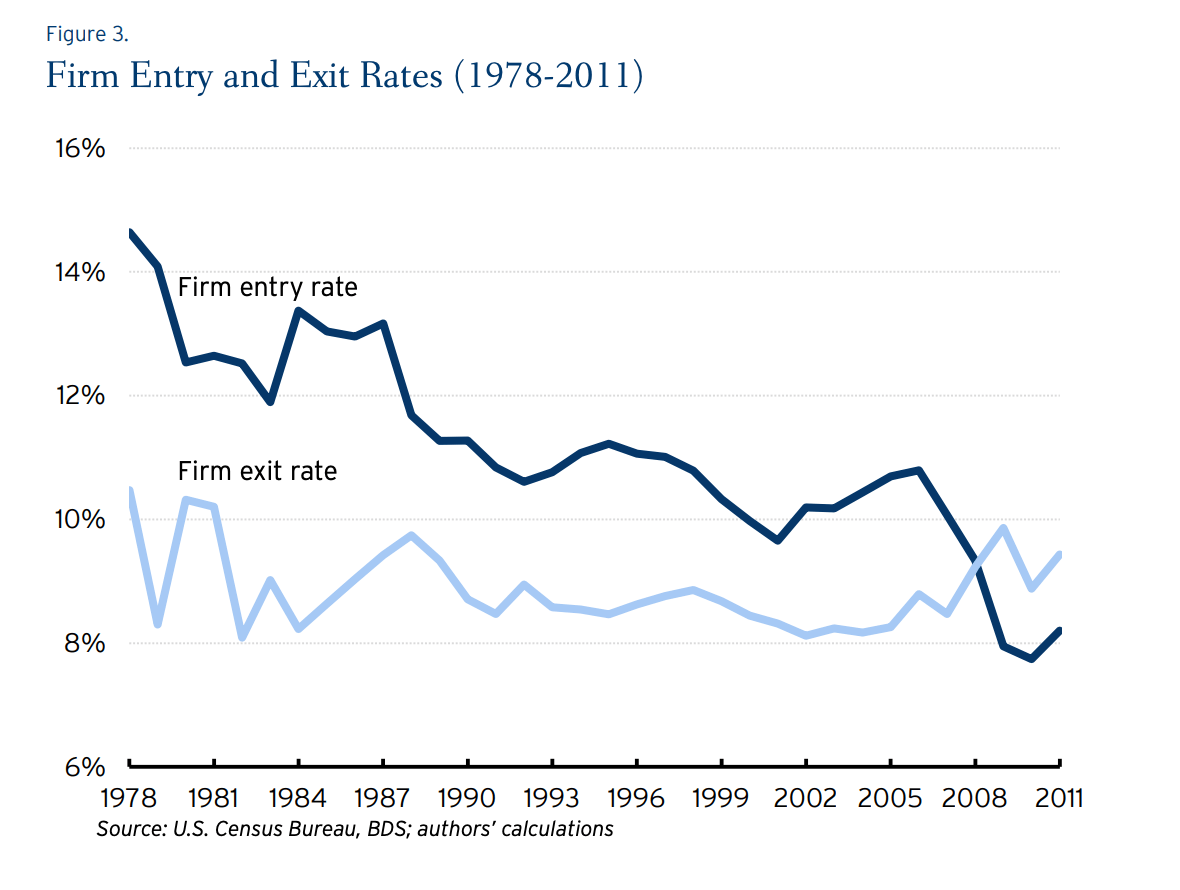The EOS Model® provides a useful foundation for businesses, but it falls short in addressing key aspects of creating an growth. By incorporating additional elements from the Gravitas 7 Attributes of Agile Growth® model, businesses can create a more comprehensive system that promotes growth while maintaining smooth operations. Focusing on Leadership, Strategy, Execution, Customer, Profit, Systems, and Talent, the 7 Attributes of Agile Growth® offer a more encompassing approach to achieving success.

The Dangers of Hubris in the COVID-19 Crisis: Learning from History and Embracing Humility
Introduction
Hubris has been a destructive force throughout history, and it seems to be rearing its ugly head again in the midst of the COVID-19 crisis. As we grapple with the ongoing pandemic, it is crucial to recognize the role hubris plays in decision-making and its potential impact on our lives and organizations. In this blog post, we will explore the concept of hubris, how it affects our response to COVID-19, and how we can learn from it to avoid making similar mistakes in our personal and professional lives.
What is Hubris?
Hubris is defined as excessive pride or arrogance that results from an inflated sense of self-worth or importance. It often leads to overconfidence, which can have disastrous consequences. Historically, hubris has been a driving force behind many conflicts, including World War II. In the context of the COVID-19 pandemic, hubris is manifesting itself in the denial of scientific evidence and expertise, as well as a disregard for the advice of public health officials.
COVID-19 and the Resurgence of Hubris
As COVID-19 cases continue to rise, the role of hubris in our response to the pandemic becomes increasingly evident. Some elected officials and members of the public are choosing to ignore the advice of public health experts and scientists, instead relying on their own beliefs and opinions. This is a dangerous approach, as it can lead to decisions that are not based on the most accurate and up-to-date information.
The problem with this mindset is that opinions are not facts. While everyone is entitled to their opinion, opinions are personal expressions of feelings or thoughts that may not be grounded in data or evidence. Conversely, facts are statements that can be proven true or false based on supporting data or evidence. By ignoring scientific evidence and expert advice, we are putting ourselves at greater risk and prolonging the devastating impact of the pandemic.
The Human and Economic Costs of Hubris
The denial of scientific evidence and expertise in the face of COVID-19 has had severe consequences regarding human lives and economic costs. As of now, over 130,000 people have died in the U.S. due to COVID-19, and this number continues to rise. In addition to the immediate loss of life, long-term health consequences exist for those who survive the virus. Research shows that survivors may experience strokes, blood clotting, heart, lung, and neurological damage. Furthermore, studies on SARS, a COVID precursor, indicate that psychiatric morbidities and chronic fatigue may persist for years after recovery.
These long-term health consequences will also have a lasting economic impact. As survivors struggle with increased health issues, the economic effects of COVID-19 will continue well beyond the development of a vaccine or the achievement of herd immunity. The cost of hubris in this context is immense, with severe repercussions for both human lives and the economy.
Learning from the COVID-19 Crisis: Avoiding Hubris in Our Own Lives
As we navigate the ongoing COVID-19 crisis, it is essential to recognize the dangers of hubris and take steps to avoid it in our personal and professional lives. Here are some suggestions for combating hubris:
- Be open to new information and be willing to change your mind.
When presented with new data or evidence, be open to reevaluating your beliefs and opinions. This flexibility will allow you to make more informed decisions. - Recognize the limits of your own knowledge and expertise.
No one is an expert in everything, so it is crucial to acknowledge when you are out of your depth and seek advice from those with relevant expertise. - Emphasize facts over opinions.
When making decisions, prioritize factual information and evidence over personal feelings or beliefs. This will help ensure that your choices are grounded in reality and have a solid foundation. - Foster a culture of humility and learning.
In your personal and professional life, create an environment where people feel comfortable admitting and learning from their mistakes. This can help prevent the development of hubris and encourage continuous growth and improvement. - Encourage open dialogue and collaboration.
Promote open communication and collaboration among team members, colleagues, and friends. This can help ensure that a variety of perspectives and expertise are considered, ultimately leading to better decision-making. - Be aware of confirmation bias.
We all have a tendency to seek out information that confirms our existing beliefs while disregarding evidence that contradicts them. Be conscious of this tendency and actively work to challenge your own biases. - Practice empathy and compassion.
Take the time to put yourself in others’ shoes and consider their perspectives and feelings. This can help to counteract the arrogance and self-centeredness that often accompany hubris. - Reflect on past experiences and learn from them.
Regularly review your past decisions and actions, identifying instances where hubris may have played a role. Use these experiences as learning opportunities to prevent similar mistakes in the future.
Conclusion
The resurgence of hubris during the COVID-19 crisis serves as a stark reminder of the dangers of arrogance and overconfidence. By recognizing the role of hubris in our decision-making processes and taking steps to avoid it, we can minimize its destructive consequences on our lives and organizations. As we continue to navigate the pandemic, let us use this opportunity to learn from our mistakes and strive for humility, open-mindedness, and fact-based decision-making.
Copyright (c) 2020, Marc A. Borrelli
Recent Posts
EOS is just that, an Operating System
What has COVID done to Company Culture?
COVID has affected everyone. However, companies need to examine if they have lived their core values during COVID, how they are reinforcing them in a WFH environment, and especially with the onboarding of new hires.
Profit ≠ Cash Flow
Knowing how much cash you generate is essential for planning for growth. Too many companies don’t know and when they grow they find they are continually running out of cash. Understand your cash flow generation and how to improve it through improvements in your Cash Conversion Cycle and using the Power of One.
What Are Your Critical and Counter Critical Numbers?
The key to achieving long term goals is to define short term goals that lead you there. Focusing those short term goals around a key metric is essential. However, ensure that the metric will not lead other areas astray by having an appropriate counter critical metric act as a counter balance.
Rethinking ‘Family’ Culture in Business: Fostering Performance and Success
Explore the importance of company culture and the potential pitfalls of adopting a “Family” culture in organizations. Learn how to foster a high-performance culture while maintaining key family values and discover success factors for family businesses. Rethink the “Family” culture concept and create a thriving environment for your organization.
Do You Truly Know Your Core Customer?
Knowing the profit of your core customers is key to building a growth model. Many companies have identified core customers that are generating a sub-optimal profit and so they cannot realize the profits they seek. Identifying the correct core customer allows you to generate profits and often operate in “Blue Ocean.”
The Spectacular Rise and Fall of the European Super League
The European Super League (ESL) collapsed within 48 hours of its announcement due to hubris, a lack of value creation, and fan backlash. The founders’ arrogance led them to disregard European football’s deep-rooted traditions and culture. At the same time, the focus on wealthy club owners instead of merit undermined the essence of the competition. The fierce backlash from fans, who felt betrayed by their clubs, demonstrated the importance of prioritizing supporters’ interests in football.
When Should I Sell My Business?
Many business owners want to sell at the top of the market. However, market timing is tough. Is this the best strategy? Probably not.
Does Your Financial Model Drive Growth?
Working with many companies looking to grow, I am always surprised how many have not built a financial model that drives growth. I have mentioned before a financial model that drives growth? Here I am basing on Jim Collin's Profit/X, which he laid out in Good to...
COVID = Caught Inside
As we emerge from COVID, the current employment environment makes me think of a surfing concept: “Being Caught Inside When a Big Set Comes Through.” Basically, the phrase refers to when you paddle like crazy to escape the crash of one wave, only to find that the next wave in the set is even bigger—and you’re exhausted. 2020 was the first wave, leaving us tired and low. But looking forward, there are major challenges looming on the horizon as business picks up in 2021. You are already asking a lot of your employees, who are working flat out and dealing with stress until you are able to hire more. But everyone is looking for employees right now, and hiring and retention for your organization is growing more difficult.















